Nvidia published the benchmark results for the RTX 4060 earlier last month. Engineering and the finished sample were provided for testing to reviewers and influencers.
Under the non-disclosure agreement, starting this week, reviewers will be able to talk about the performance of the RTX 4060 in greater depth and detail. However, the only title the cards can be tested on is Cyberpunk 2077.
Several Youtubers have come out with their own set of benchmarks and observations. JayzTwoCents on Youtube hit 81 FPS on RTX 4060 with DLSS 2 and 3 switched off and Raytracing on. His ASUS RTX 4060 Dual sample has a tunable TDP of up to 20%, peaking at about 132W. A 1.2% frame rate boost was seen when the card was overclocked, and the game ran at 1080p Ultra settings.
The slight boost of close to just 1% is very unflattering. However, it must be kept in mind that the RTX 4060 is not designed and is not meant for overclocking.
Despite this, the good thing is that Nvidia has not limited the TDP adjustment. This is a good feature they disabled in previous-generation mid-range SKUs.
The benchmarks for the RTX 4060 in 1080p…
— Paradox Customs (@Brparadox) June 28, 2023
This is kind of disappointing compared to the 3060 and the 3060ti😞 pic.twitter.com/47QH0KNn7f
When overclocked to a higher TDP of 132 W, the clock speed increased by 100 MHz. This is not much of an uplift in terms of clock frequency.
The same is reflected in a 1.2% increase in average FPS in Cyberpunk 2077, running at 1080p Ultra Settings.
JayzTwoCents attributed this to the fact that at 1080p Ultra graphics with Ray Tracing enabled, the GPU is at its limit. Hence, overclocking does not bring about significant improvements.
The RTX 4060 starts at USD 299 (MSRP) and begins shipping on June 29th. The performance without overclocking might be enough for moderate and heavy gaming and hefty computational tasks on a workstation desktop.
About Nvidia
NVIDIA Corporation is an American multinational technology company incorporated in Delaware, based in Santa Clara, California. They design graphics processing units (GPUs) for the gaming and professional markets, as well as system on chip units (SoCs) for the mobile computing and automotive market.
Best known for the “GeForce” lines of GPUs, they are a direct competitor to AMD’s “Radeon” series. NVIDIA has also expanded its offerings with its handheld game consoles Shield Portable, Shield Tablet, and Shield Android TV and its cloud gaming service GeForce Now.
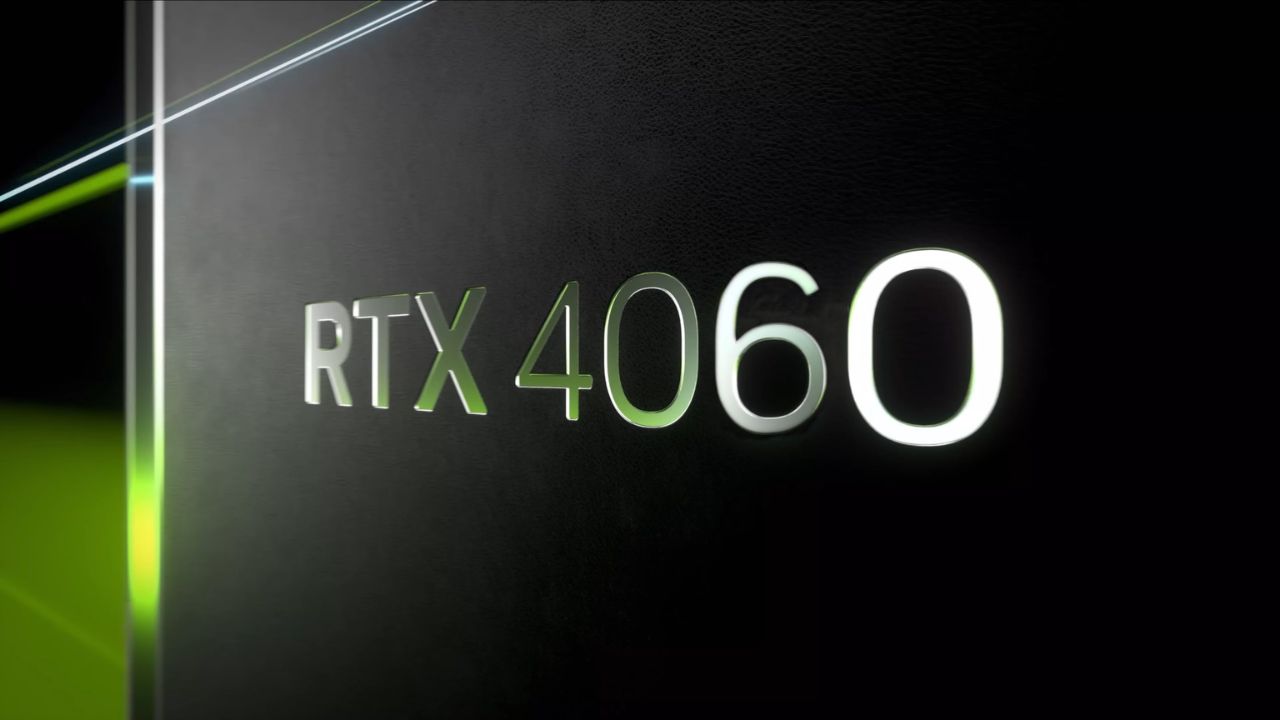
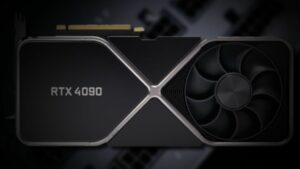
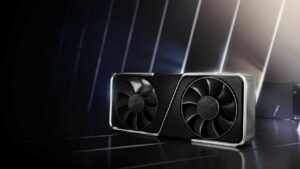

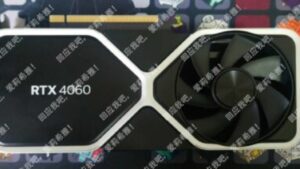
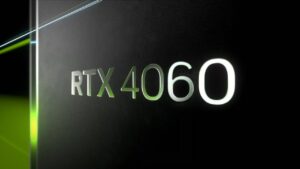
No Comments on RTX 4060 tested with Cyberpunk with a 1.2% frame rate boost on overclocking